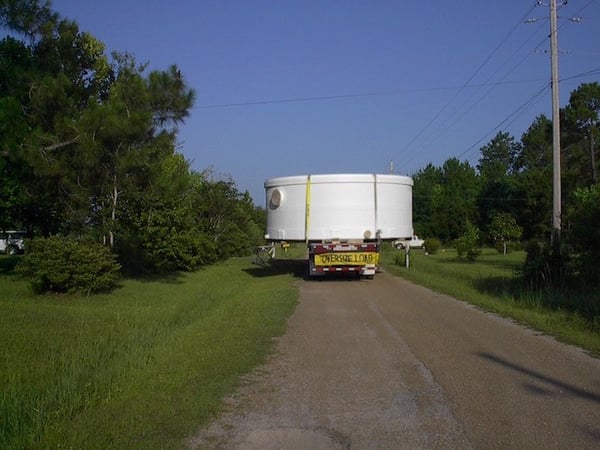SHEET & LINING
CUSTOM FABRICATION
SHEET & LINING
CUSTOM FABRICATION
Considering the wide variety of piping needs in the industrial arena, Corzan® CPVC has proved to be an ideal choice for countless, challenging applications for nearly 60 years.
Some of the outstanding features of Corzan® CPVC products
- High temperature capabilities
- Excellent chemical resistance to a wide range of highly corrosive liquid and vapor environments
- Resistance to galvanic corrosion
- Low heat transfer
- Good electrical insulation properties
- Lightness of weight for ease of installation
In addition to pipe, fittings, valves, pumps, tower packing, and other fluid handling products—which are manufactured from CPVC—sheet and duct products are also available. Specialized parts such as tanks and tank linings, as well as ventilation and vapor scrubbing equipment, can be fabricated.
The Principle of Thermoplastic Welding
In order to weld thermoplastics, the material must be heated to reach its melt state. The pieces to be welded must then be pressed together with a certain amount of pressure over a given amount of time. The heat and pressure will allow the surface molecules of the parts to interlock, fusing the parts together.
Corzan Industrial Systems components can be fabricated with all of the most common thermoplastic fabrication techniques.
Corzan system components are fabricated through two primary processes:
View their corresponding pages to learn about each type of welding, including the equipment needed and the steps of the process.
Welding Corzan® Sheet and Pipe
It is possible to weld sheet and pipe together. However, it is important to remember that the sheet and pipe will heat differently when welded at different speeds. As a result, it will appear that the adhesion to the pipe is not as good as it is to the sheet.
Follow these recommendations to ensure a successful bond:
1. Solvent
2. Preheat the pipe surface to be welded, in addition to the tack welding to be performed.
3. Use a thicker welding rod (i.e. 4 mm) so that the heating time is longer.
Dual Laminate: Reinforcing Corzan Pipe with Fiberglass
In order to obtain the best adhesion when wrapping Corzan CPVC pipe with fiberglass, first rough up the surface of the pipe. Apply the appropriate bonding resin (this resin should be compatible with CPVC, as well as suitable for the intended end use application).
After applying the resin, apply the first layer of fiberglass. Follow the glass layer with another coat of the bonding resin, then build up the glass and resin layers accordingly with the appropriate amount of each for the intended application.

